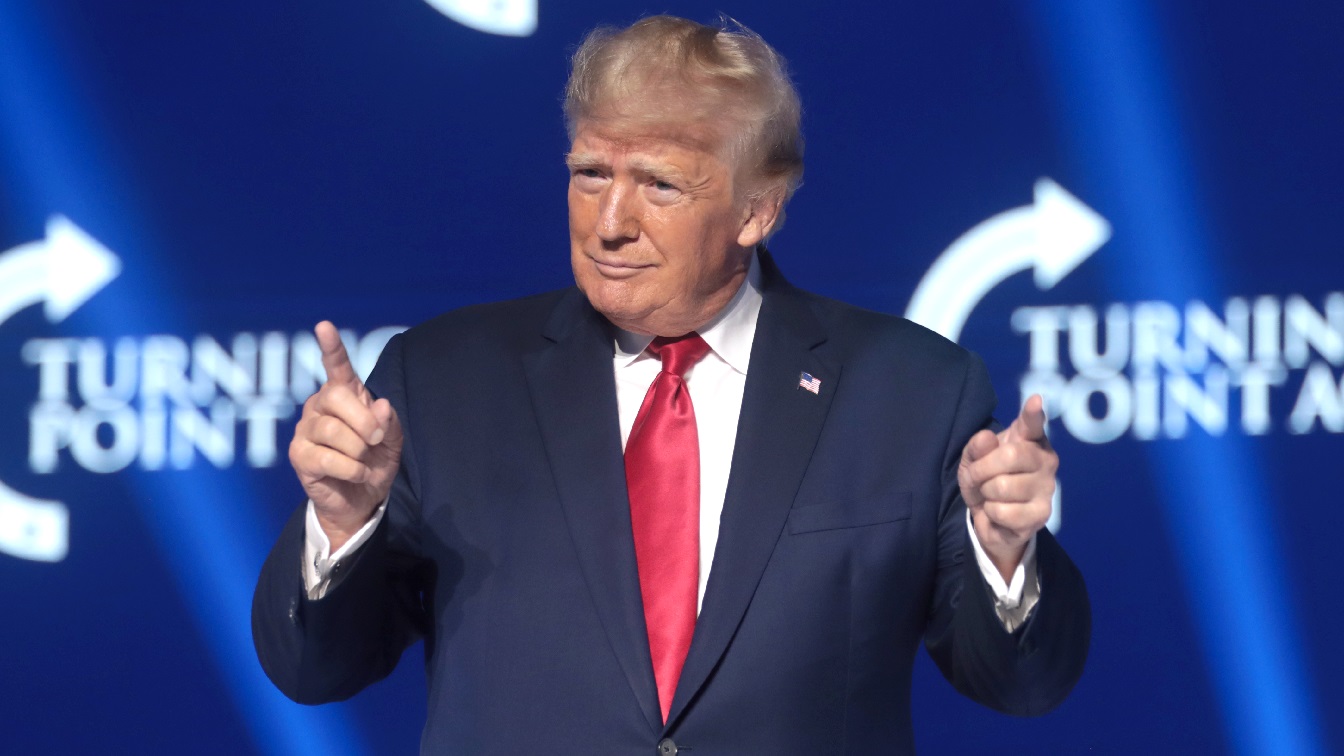A Fictional Hillary Clinton Presidency, the Trump GOP takeover, and the Clinton-Trump Rematch of 2020: Editor’s Note – This is an alternative history the depicts what could have happened if Hillary Clinton won the presidency in 2016 and not Donald Trump: Few thought Hillary Clinton would have a long, tough election night. The Princeton Election Consortium said Hillary had a 99% chance of winning the presidency.
The Huffington Post gave Hillary a 98.2% chance of winning. Despite the predictions, election night was stressful for the Hillary faithful at the Javits Center in Manhattan.
Donald Trump’s campaign proved to be surprisingly strong, and the upstart candidate won the swing states of Ohio and Florida early on. Nevertheless, as Tuesday turned into Thursday, the Democrat’s ‘blue wall’ of rustbelt states held firm. Voters in Pennsylvania and Michigan gave razor-thin victories to Hillary Clinton. Just after 2 AM, the AP decision desk declared Hillary Clinton had won Wisconsin and the presidency. At the Javits Center the confetti came down, the fireworks went off, and the crowd celebrated the election of the first female president.
Donald Trump disappeared and gave no concession speech that night. By the morning, he was tweeting about alleged election fraud in Pennsylvania, Wisconsin, and Michigan. The famously litigious real estate mogul hinted at legal action. But, sensing an opportunity to rid themselves of the troublesome Trump, Republican congressional leadership immediately disavowed his claims of fraud. When asked about Trump’s allegations on Morning Joe, Senate Majority Leader Mitch McConnell replied, ‘No, absolutely not. Hillary Clinton is the president-elect.’ That afternoon, Republican House Speaker Paul Ryan gave a short speech condemning Trump’s fraud allegations and castigated Trump’s ‘toxic populism’. Ryan would later regret the speech.
President Hillary Clinton: The Early Successes
President Hillary Clinton had a successful first 100 days. After issuing a series of executive orders ‘strengthening’ women’s access to abortion and birth control and establishing an ‘equal pay’ presidential commission, Clinton announced her intention to fill the seat left by conservative stalwart’s Antonin Scalia’s death. Chief of staff Ron Klain agreed with the move, saying it would give the president a chance to start off with a success and build momentum for her legislative goals. In a preliminary meeting with the president, Senator McConnell told President Clinton that if she renominated Merrick Garland, he wouldn’t stand in the way. Though some in the president’s inner circle urged her to pick a bolder candidate, like Judge Ketanji Brown Jackson who’d been on President Obama’s shortlist, Clinton chose the uncontroversial Garland. The Democratic left was annoyed, but the 62 senators voted to confirm Garland. At the end of the first 100 days, the president’s approval rating was in the mid-50s in the RealClearPolitics (RCP) poll of polls.
Comprehensive immigration reform was next on the president’s agenda. Clinton took a bipartisan approach. With McConnell’s backing, Senator Marco Rubio worked with senate Democrats to revive his Gang of Eight immigration bill. House Speaker Paul Ryan indicated that he was generally supportive of the effort and promised to work with House Democrats and the Senate in conference committee. The immigration bill which emerged from the House/Senate conference gave illegal immigrants amnesty and a path to citizenship but with provisions for border security and enforcement were vague. Overall, the Republican establishment and organizations like the Chamber of Commerce supported the bill.
Trump Jumps Back in the Fray
But Trump’s voters, who comprised perhaps half of the GOP (he received 44.9 percent of the vote in the GOP primary), loathed the bill. Trump held a ‘kill the bill’ rally in the Rio Grande Valley. In a fiery speech, Trump criticized President Clinton, but saved his ire for the GOP. ‘I told you they would betray us, especially little Marco’, Trump said. In the autumn of 2017, the Trump movement came back. Washington DC and several other cities saw major ‘MAGA’ protests, reminiscent of the Tea Party movement of 2009-2010. While the Tea Party had no central leadership, the MAGA movement had Donald Trump, who toured the nation speaking out against comprehensive immigration reform. These speeches became important rallies for the pro-Trump right and were broadcast by sympathetic media. In speech after speech, Trump slammed McConnell, Rubio, and especially Paul Ryan. Trump had not forgotten the Speaker’s post-election anti-Trump speech.

Image: Creative Commons.
MAGA Republicans were not the only people who opposed comprehensive immigration reform. Labor groups and African American leaders worried that the sudden influx of hundreds of thousands of low-skilled workers would bring down wages. Support for comprehensive immigration reform was ‘mixed’ in the Hispanic community according to one Democrat pollster. Despite the groundswell of opposition against the bill, the House passed immigration reform. In the Senate, Mitch McConnell strongarmed the GOP caucus and broke the filibuster led by Ted Cruz. President Clinton signed the bill in the Rose Garden with great fanfare. Little did Washington know this would be the Clinton Administration’s high point.
Hillary’s Problems
After Congress passed comprehensive immigration reform, a migrant surge hit the border. Each week a new migrant caravan of thousands formed in Latin America and began the long trek to the Rio Grande. The Clinton administration was paralyzed by indecision. Accepting the migrants would violate the provisions of comprehensive immigration reform. The smooth operation of the Law was the administration’s top priority, insisted Press Secretary Brian Fallon. But, the administration couldn’t turn away the migrants either, as much of the Democrat base and hundreds of leftwing organizations were adamant the migrants should be welcomed. By the new year, President Clinton’s approval rating, dropped into the mid-40s as the surge worsened. Even establishment media organizations referred to a ‘border crisis’.
That spring, the long-anticipated retirement of Justice Ruth Bader Ginsburg was a respite from the bad news. Urged on by the left, President Clinton nominated Judge Ketanji Brown Jackson to fill the seat. Senate Republicans asked the nominee tough questions but offered no serious resistance, save for some grandstanding by Ted Cruz and other senators trying to ingratiate themselves to the MAGA movement. Led by Senators Lindsey Graham and John McCain, both of whom had long fought for senate norms, a dozen GOP senators voted to confirm Judge Jackson. This was President Clinton’s last major victory.
MAGA
In the spring of 2018, Trump began self-described MAGA tours. His speeches had three themes, the border, Republican ‘collaborators’, and economic insecurity. His swipes at Clinton seemed almost Pro-forma and Trump spent most of his speeches lambasting the GOP establishment. Trump garnered outrage by asking if Senator McCain collaborated with the North Vietnamese too. By the summer, Trump was actively campaigning for ‘MAGA’ candidates in GOP congressional primaries. One by one, moderate Republicans handpicked by the Republican Congressional Campaign Committee fell to Trump’s ‘MAGA Patriots’.
With the border crisis dominating the news, economic growth hovering around 2 percent, and the natural political momentum against the party in the White House, in the midterm election the GOP expanded its majorities in the House and Senate and won several gubernatorial races. The press dubbed dozens of new congresspersons and several senators MAGA-Clones. Indeed, many of the freshmen seemed more interested in pleasing Donald Trump than congressional leadership. There was even a mini-revolt against Paul Ryan’s speakership. While he was re-elected to the post, Ryan had to placate the sizable contingent of MAGA-freshman formed a House MAGA caucus.
Throughout 2019, McConnell and Ryan tried to placate Trump and the MAGA caucus by battling President Clinton on budget matters. Trump dismissed these efforts as more GOP failure theatre. ‘Where’s our border security?’ Trump demanded. Some in the Democratic Party wondered where Hillary was. The president seemed increasingly detached from the job, taking long weekends first at Camp David and later back home in Chappaqua. After appointing two Supreme Court justices and passing comprehensive immigration reform, the Clinton Administration seemed adrift. ‘Her successful first year seems to have tired the president,’ wrote one sympathetic columnist.
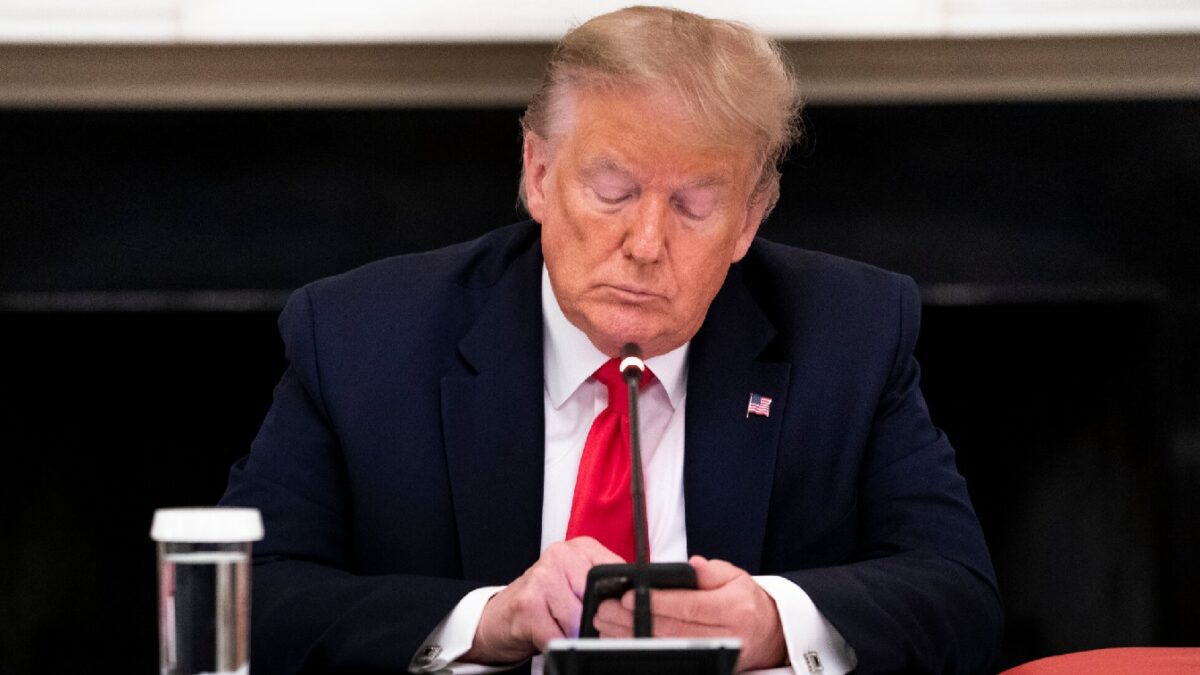
Donald Trump on Twitter. Image Credit: Creative Commons.
The day after the new Congress was sworn in, Donald Trump took credit for Republican gains and announced he was running for President. Much to the punditocracy’s surprise, Trump took a big lead in polls of GOP primary voters. Once again, the Never Trump elements in the GOP could not agree on an anti-Trump candidate. Trump easily won Iowa and New Hampshire and swept Super Tuesday. Donald Trump would be the GOP nominee for 2020.
Covid-19
Like the rest of the world the Clinton Administration was unprepared for the Covid outbreak. Despite CDC recommendations about masking and social distancing, the virus spread like wildfire throughout the United States. While Republican leadership stood by President Clinton in a time of crisis, Donald Trump slammed the Clinton Administration’s Covid response. Clinton’s poll numbers dropped to the low 40s in the RCP poll of polls. That May, the death of George Floyd sparked mass protests and riots across the country. President Clinton struck a conciliatory tone, condemning Floyd’s death but also the riots. Neither side was pleased. As cities like Portland and Minneapolis burned, Trump presented himself as the law-and-order candidate.

Donald Trump speaking with supporters at a campaign rally at the Prescott Valley Event Center in Prescott Valley, Arizona from 2016.
That fall the two candidates were even in the RCP poll of polls. But with her approval rating in the mid to low 40s, President Clinton was vulnerable. During the first debate, President Clinton seemed tired and annoyed that she had to defend her administration’s record. ‘Obviously we contained Covid,’ she said. ‘Hundreds of thousands of Americans are dead,’ Trump replied. ‘I would have banned travel from China and ordered the pharmaceutical companies to develop a vaccine at warp speed,’ declared. ‘Warp Speed’ was a recurring chant at Trump rallies.
After the debate, Trump nosed ahead to small lead over Clinton and never relinquished it.
Bonus: Photo Essay
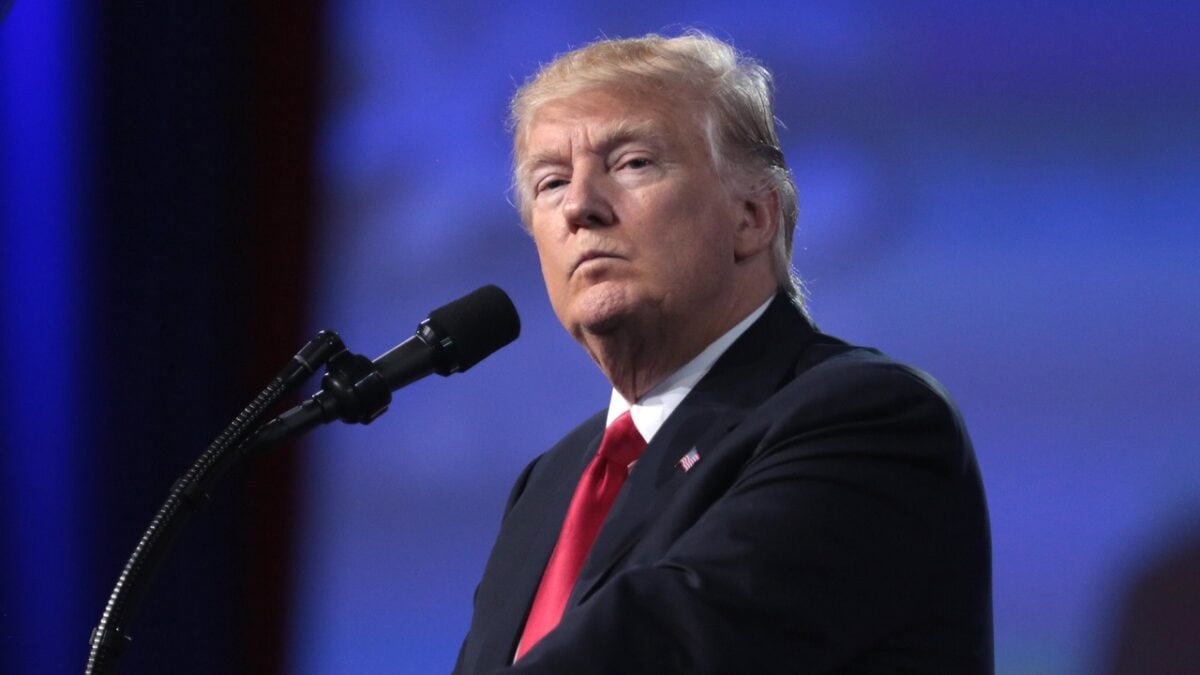
By Gage Skidmore: President of the United States Donald Trump speaking at the 2017 Conservative Political Action Conference (CPAC) in National Harbor, Maryland.
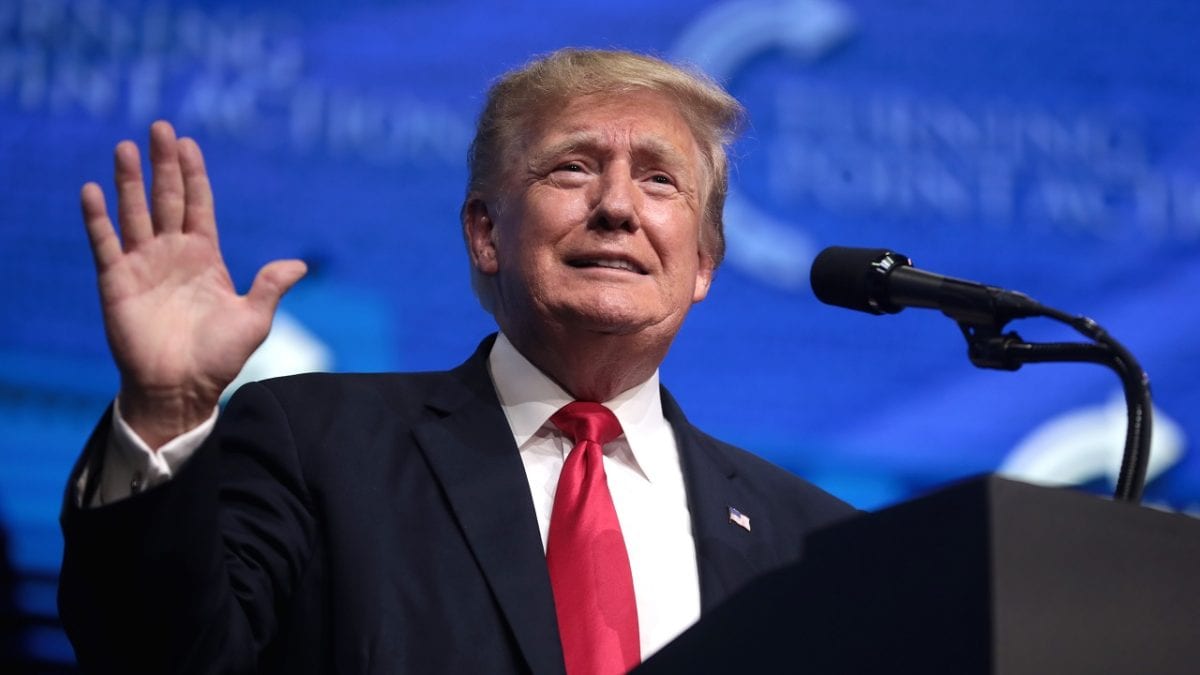
By Gage Skidmore: Former President of the United States Donald Trump speaking with attendees at the “Rally to Protect Our Elections” hosted by Turning Point Action at Arizona Federal Theatre in Phoenix, Arizona.

Former President of the United States Donald Trump speaking with attendees at the 2022 Student Action Summit at the Tampa Convention Center in Tampa, Florida.

Donald Trump speaking to supporters at an immigration policy speech at the Phoenix Convention Center in Phoenix, Arizona.
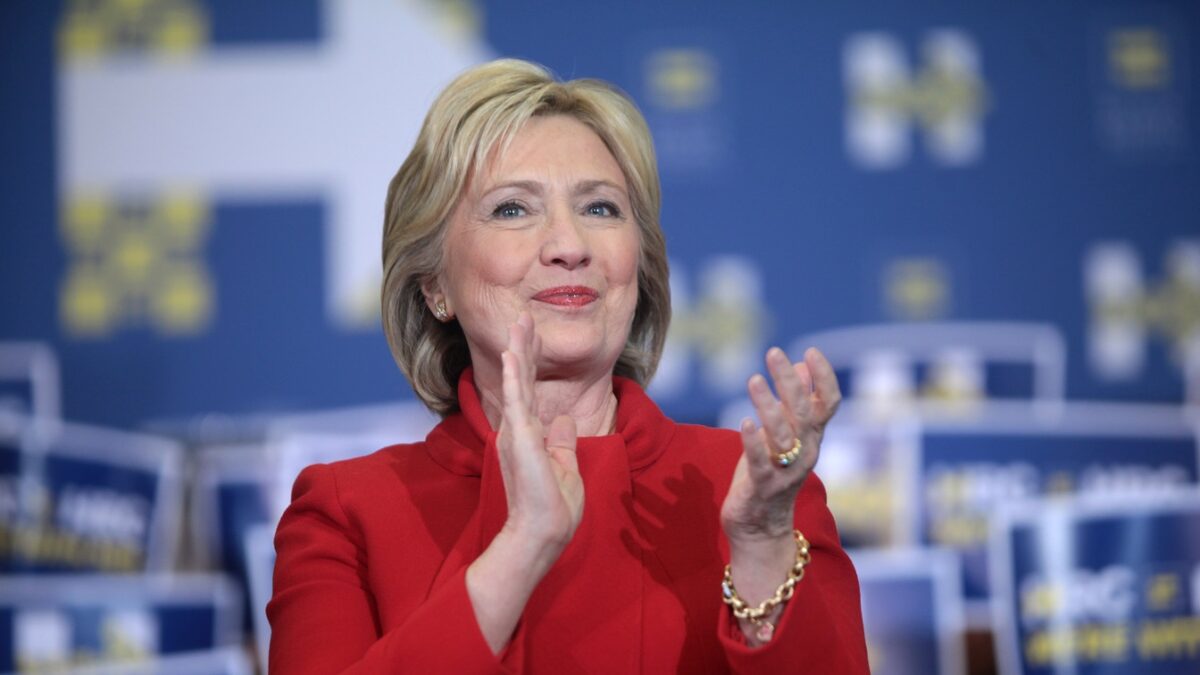
Hillary Clinton. Image Credit: Creative Commons.
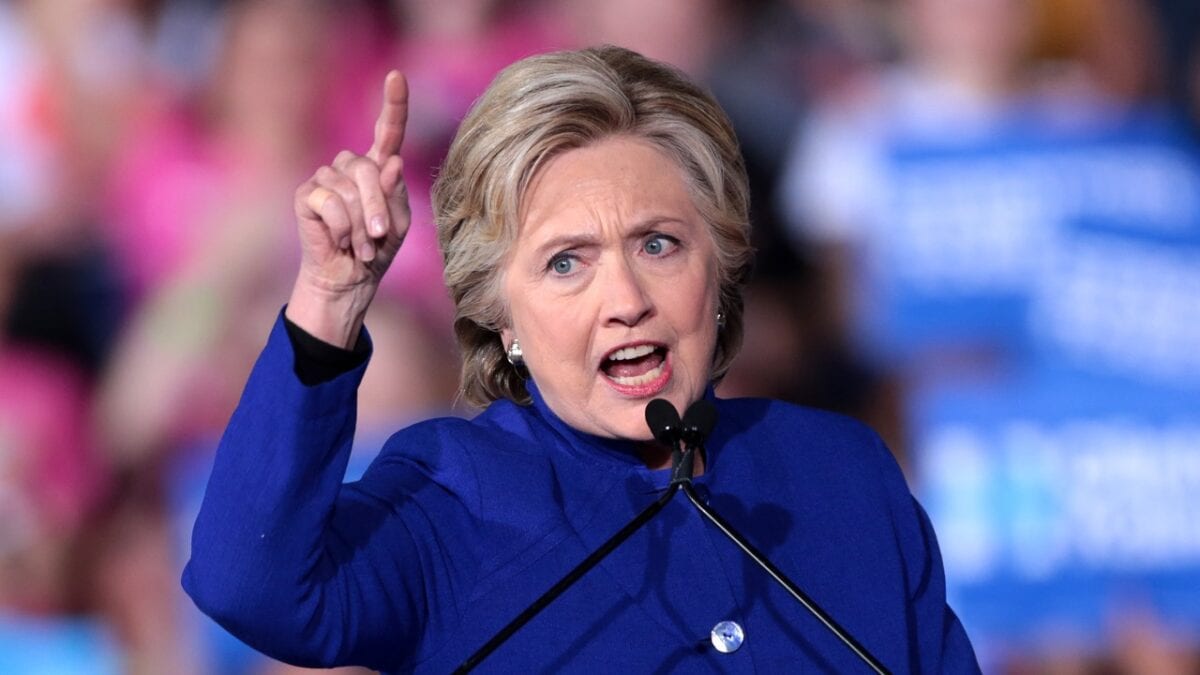
Former Secretary of State Hillary Clinton speaking with supporters at a campaign rally at the Intramural Fields at Arizona State University in Tempe, Arizona.
MORE: Hunter Biden Could Finally Be Charged with a Crime
MORE: Hunter Biden: Could Be Go to Jail?
William Stroock has been a history teacher and an adjunct professor of history. He is the author of the books Pershing in Command: A Study of the American Expeditionary Force, Israel at War and Her Enemies, and over a dozen novels including the World War 1990: Series and The Austrian Painter: What if Germany Won the Great War?

